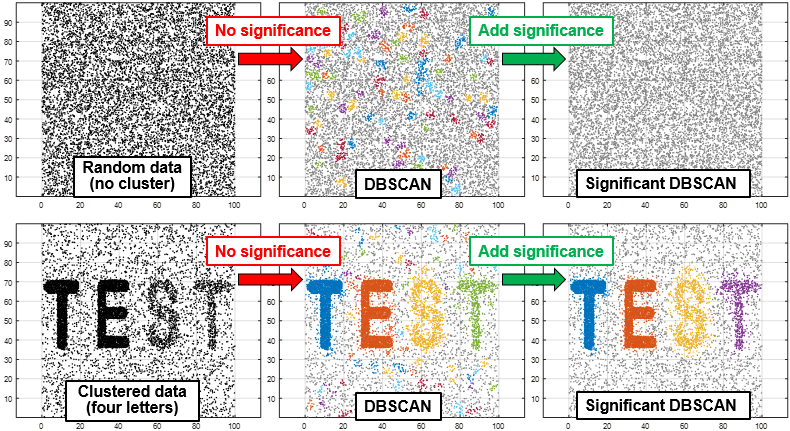Statistically-Robust Clustering Techniques for Mapping Spatial Hotspots: A Survey
Mapping of spatial hotspots, i.e., regions with significantly higher rates of generating cases of certain events (e.g., disease or crime cases), is an important task in diverse societal domains, including public health, public safety, transportation, agriculture, environmental science, etc. Clustering techniques required by these domains differ from traditional clustering methods due to the high economic and social costs of spurious results (e.g., false alarms of crime clusters). As a result, statistical rigor is needed explicitly to control the rate of spurious detections. To address this challenge, techniques for statistically-robust clustering (e.g., scan statistics) have been extensively studied by the data mining and statistics communities. In this survey we present an up-to-date and detailed review of the models and algorithms developed by this field. We first present a general taxonomy for statistically-robust clustering, covering key steps of data and statistical modeling, region enumeration and maximization, and significance testing. We further discuss different paradigms and methods within each of the key steps. Finally, we highlight research gaps and potential future directions, which may serve as a stepping stone in generating new ideas and thoughts in this growing field and beyond.
PDF Abstract
